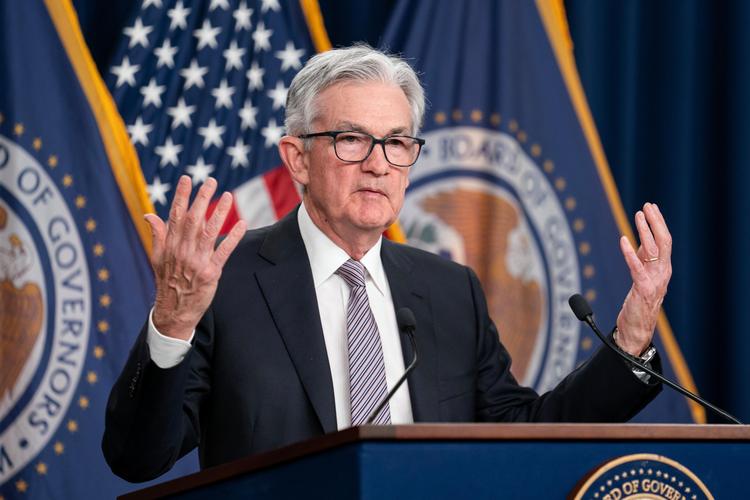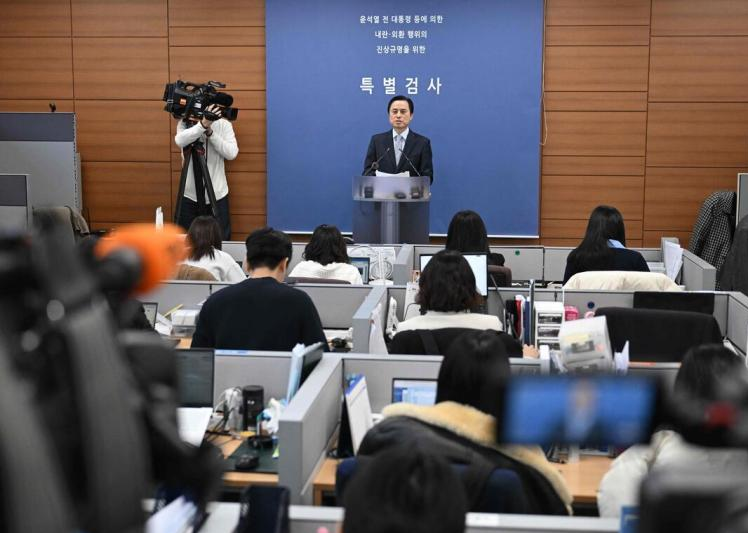
In October 2025, the US federal government fell into a historic shutdown due to sharp partisan divisions between the two major parties over issues such as healthcare and immigration. This political stalemate, which lasted for several weeks, not only left 42 million low-income individuals facing the crisis of interrupted food assistance but also pushed the Federal Reserve into an unprecedented decision-making dilemma. Against the backdrop of a complete halt in the supply of key economic data, the Fed was forced to adjust its monetary policy in a "data vacuum." Its fifth interest rate cut decision exposed increasingly sharp internal divisions within the central bank and also triggered deep concerns in the market about the risk of policy missteps.
I. Government Shutdown: Data Disruption Triggers a Chain Reaction of Policies
Since the government shutdown on October 1st, core data agencies such as the US Bureau of Labor Statistics and the Bureau of Economic Analysis have been completely paralyzed. The September CPI data scheduled for release on October 15th and the October non-farm payrolls report set to be published on October 30th were both absent due to the interruption in data collection, leaving the Fed without crucial navigation when formulating monetary policy. This disruption in data supply directly impacted the civilian sector. The Department of Agriculture was forced to suspend the Supplemental Nutrition Assistance Program, and 25 states jointly filed lawsuits demanding the use of emergency funds, highlighting the real threat the shutdown posed to vulnerable groups.
The transportation sector was the first to show a chain reaction. Due to a shortage of air traffic controllers, major hubs such as Denver and Newark experienced six-hour staffing gaps, with nearly 20,000 flight delays nationwide over three days. More seriously, a wave of government layoffs has begun. Seven agencies, including the Treasury Department and the Department of Education, issued dismissal notices to 4,000 employees, and 750,000 federal employees were forced to take unpaid leave. The shrinking consumer spending power further dragged down the economy. JPMorgan Chase estimated that each week of the shutdown would reduce the annualized US GDP growth rate by 0.1%. If it continued until mid-November, economic losses could exceed $15 billion.
II. The Fed's "Blind Landing" Dilemma: Policy Gaming amid Data Deficiency
At its policy meeting on October 30th, the Fed announced a 25-basis-point interest rate cut under the pressure of the data vacuum, bringing the federal funds rate range down to 3.75%-4%. This decision exposed deep divisions within the decision-making layer. Among the 19 policymakers, some members advocated for more aggressive rate cuts to address weakness in the job market, while another faction worried that the inflationary pressures driven by tariffs had not yet fully materialized. Powell admitted in a press conference, "When you're driving in the fog, you slow down."
This characteristic of "blind judgment" was particularly evident in inflation assessment. Although the September CPI was lower than expected due to a decline in housing costs, Powell warned that the lack of October data would turn the evaluation of tariff-induced inflation transmission effects into a "guessing game." Enterprise surveys showed that 30% of manufacturers had passed on tariff costs to end prices, but the increase in consumer prices still lagged behind production costs. This "scissors gap" phenomenon exacerbated the risk of policy misjudgment.
III. Internal Rifts: Independence Tested amid Intertwined Political Pressures
The Fed's decision-making dilemma reflects deeper institutional contradictions. The Trump administration continued to press for "significant rate cuts" and even attempted to dismiss dissenting governors, while Powell repeatedly reiterated that "policy is based on data, not politics." This independence struggle intensified during the shutdown. The White House website set up a "government shutdown countdown timer" for public opinion attacks, while the Fed quietly shelved the diversity policies from the Biden era, cutting its workforce by 10% and forcing employees back to work.
More complex challenges stem from the reconstruction of the policy framework. With Powell's term set to end in May 2026, the White House has launched the chair selection process, with five candidates spanning government, central banking, and private sector backgrounds. The uncertainty during this personnel transition period, combined with the economy's "mild stagflation" characteristics, made it increasingly difficult for the Fed to balance its dual objectives of inflation and employment.
IV. Global Ripples: Policy Spillover Risks for Emerging Markets
The Fed's "blind landing" decision had significant spillover effects. The US dollar index surged after the rate cut, putting pressure on emerging market currencies. The Turkish lira and the Argentine peso, for example, depreciated by more than 2% in a single day. More alarmingly, global bond market volatility rose to its highest level since 2020, with investors demanding additional risk premiums for US policy uncertainty.
In this policy crisis triggered by the data vacuum, the Fed's dilemma reflects the deep costs of US political polarization. When the two parties use the government budget as a political bargaining chip, the victims are not only the 42 million people relying on food assistance but also the stability of the entire global economic system. How to repair the data collection mechanism and rebuild a rational foundation for policy formulation will become key issues for the US to escape its current predicament.

YTN TV of South Korea reported on Tuesday (December 16) that the South Korean court plans to make a ruling on the charges of former President Yoon Suk Yeol for obstructing justice on January 16, 2026.
YTN TV of South Korea reported on Tuesday (December 16) tha…
On December 7, a new round of intense military conflict bro…
Recently, US media disclosed that the Pentagon is planning …
From three launch failures and a brush with bankruptcy to n…
Recently, a major piece of news has emerged in the US polit…
Against the backdrop of the Federal Reserve's third rate cu…